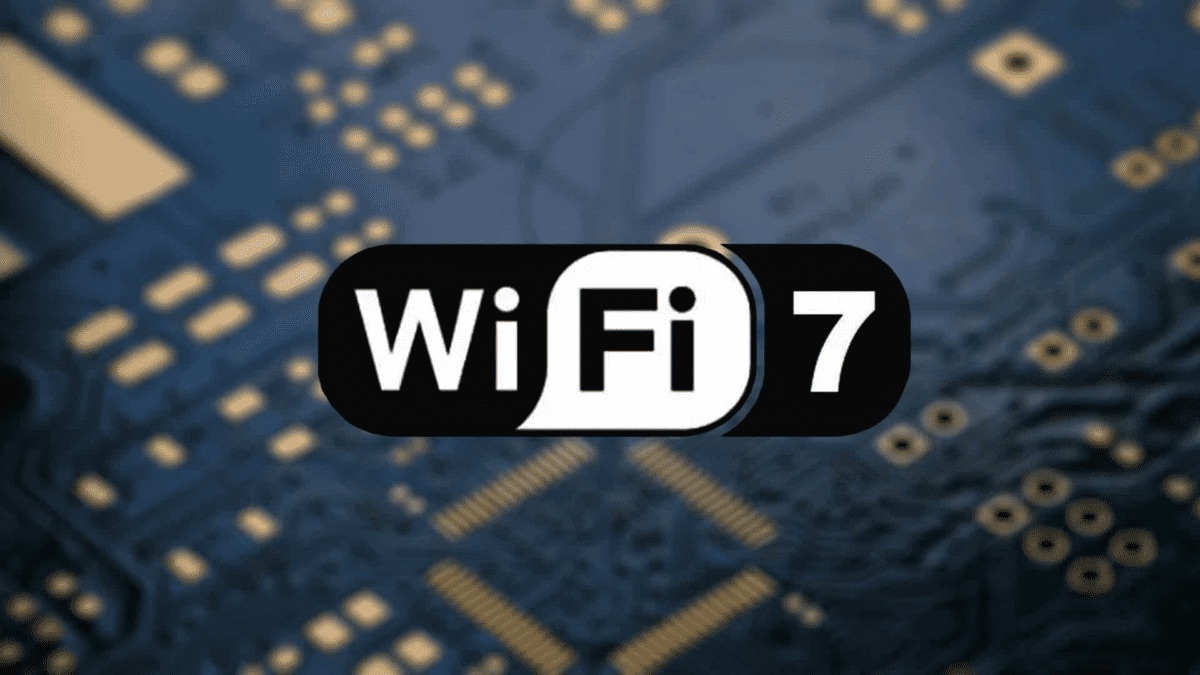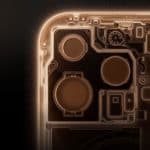The development of a proprietary Apple Wi-Fi chip is poised to bring Apple closer to a fully self-reliant technology network, strengthening its position in the highly competitive tech landscape. Below, we dive into what this anticipated Wi-Fi chip could mean for Apple, its impact on device performance, and the advantages of Apple taking Wi-Fi technology in-house.
Why an Apple Wi-Fi Chip Matters
Developing a dedicated Apple Wi-Fi chip is more than a hardware enhancement; it represents Apple’s continued commitment to optimizing every layer of its devices. Current Apple devices rely on third-party Wi-Fi technology, mainly from Broadcom, to provide wireless connectivity. With its own Wi-Fi chip, Apple could better tailor wireless performance to its devices, creating a more seamless, responsive experience across its network.
One of the main motivations behind developing an Apple Wi-Fi chip is control. By bringing Wi-Fi technology in-house, Apple gains greater freedom to integrate wireless capabilities in a way that best aligns with its devices. An in-house Wi-Fi chip would allow Apple to improve performance and consistency, managing wireless connections with the same precision that powers its custom processors.
For Apple, integration goes beyond simply providing wireless connectivity. An Apple-designed Wi-Fi chip would likely enable deeper compatibility between devices, enhancing features like Handoff, Continuity, and AirDrop by fine-tuning the performance specifically for Apple’s network.
Apple has a strong commitment to user privacy and security, and an in-house Wi-Fi chip could extend these principles to its wireless connections. By controlling the development and design of its Wi-Fi chip, Apple can set its own security standards, reducing reliance on third-party technology that may have vulnerabilities. The Apple Wi-Fi chip could add additional layers of encryption, protect against unauthorized access, and enhance overall network security for users.
Furthermore, Apple could optimize its Wi-Fi chip to align with iOS and macOS security measures, enabling on-device processing and other security features that ensure user data remains private. This level of integration would not only make Apple’s devices more secure but also elevate the overall user experience, providing a reliable, protected network.
Technical Advantages of an Apple Wi-Fi Chip
The Apple Wi-Fi chip promises several technical benefits, improving everything from battery efficiency to wireless speeds. By controlling Wi-Fi hardware, Apple has the freedom to experiment with advanced wireless protocols and tailor features to work seamlessly across its entire product network.
Power efficiency has long been a focus for Apple, and an in-house Wi-Fi chip could optimize battery usage even further. The chip could be engineered to consume less power during background processes, minimizing battery drain while maintaining a stable connection. Apple’s ability to design both the Wi-Fi chip and battery management software would provide users with longer battery life, particularly on mobile devices like iPhones and iPads.
Optimized power management would also enhance battery longevity across Apple’s lineup, making it easier for users to stay connected longer without constant recharging—a benefit particularly valuable for those using their devices on the go.
Current advancements in Wi-Fi, such as Wi-Fi 6E and the emerging Wi-Fi 7, deliver faster speeds and reduced latency. An Apple Wi-Fi chip could bring these advancements to the company’s devices, providing smoother streaming, quicker downloads, and improved gaming experiences. The ability to prioritize bandwidth based on specific tasks or applications is another potential benefit, allowing Apple to deliver a more responsive experience.
Additionally, Apple could integrate advanced antenna technology, further improving connectivity in areas with weak signals or high interference. This improvement would result in a more stable connection, especially beneficial for users who rely heavily on their devices for video calls, streaming, or downloading large files.

Apple’s Drive for Independence in Hardware
Apple’s shift toward proprietary hardware dates back to the introduction of its A-series processors for iPhones and iPads. The launch of the M-series chips further cemented Apple’s dedication to self-reliance, replacing Intel processors in its Mac lineup. Each step toward self-sufficiency allows Apple to deliver a cohesive user experience by controlling every component of its devices.
Apple’s success with the A-series and M-series processors highlights the advantages of custom silicon. The A-series chips revolutionized iPhone and iPad performance, while the M-series chips introduced power efficiency and computing power to the Mac lineup. Both lines showcase the company’s ability to innovate and produce hardware that meets Apple’s exacting standards.
With an Apple Wi-Fi chip, Apple is taking another step toward independence, eliminating the need for third-party Wi-Fi hardware. This control over its wireless technology aligns with the same philosophy that powered the development of Apple silicon—ensuring top performance, tighter security, and more seamless integration across devices.
Owning its own Wi-Fi chip would provide Apple with a unique edge in a highly competitive tech landscape. By relying on custom components, Apple can better compete with companies that continue to depend on third-party hardware, which may lack the same level of device integration. The Wi-Fi chip would set Apple apart from competitors in the premium device market, giving it even greater control over product development and the potential to introduce exclusive features.
In an industry where performance and user experience are crucial, Apple’s development of a proprietary Wi-Fi chip could enable it to deliver new, Apple-only experiences that other brands may not replicate, reinforcing its status as an industry leader.
Challenges and Potential Obstacles
While an Apple Wi-Fi chip presents many advantages, developing such a chip is not without its challenges. Designing Wi-Fi hardware requires expertise, substantial investment, and time to meet rigorous performance standards. Apple’s move toward proprietary Wi-Fi technology may also face challenges from current suppliers and regulatory entities, as it seeks to gain approval for new wireless technologies across different regions.
Wi-Fi hardware development is complex, especially for a company entering a new area of chip production. Apple will need to assemble a specialized team to manage the technical demands and ensure compliance with global standards. This process may involve navigating regulatory approvals in multiple regions, especially where specific frequency bands require government authorization.
Apple’s experience with chip development in the A-series and M-series chips, however, has prepared the company to manage these technical challenges. Leveraging expertise from its existing hardware teams, Apple is well-positioned to bring its vision for Wi-Fi to fruition despite potential roadblocks.
Moving Wi-Fi chip production in-house may also impact Apple’s relationship with suppliers like Broadcom, who currently provides Wi-Fi solutions for Apple devices. As Apple transitions away from third-party chips, it may need to reassess supply chain dynamics, especially in managing production for high-demand periods such as product launches.
The shift could potentially increase production costs initially, as Apple scales in-house manufacturing. However, over the long term, this move could help Apple streamline its supply chain, reduce dependencies on external providers, and manage costs more effectively.
The Future Impact of an Apple Wi-Fi Chip
The development of an Apple Wi-Fi chip could reshape the future of wireless technology across Apple’s devices. By incorporating its own Wi-Fi technology, Apple would have the freedom to enhance connectivity in ways that cater specifically to its network of devices, creating an Apple-only wireless experience that could set new industry standards.
The introduction of an Apple Wi-Fi chip could enhance connectivity across iPhones, iPads, Macs, and Apple Watches. By controlling the Wi-Fi technology, Apple could deliver a smoother experience for users who rely on cross-device interactions, such as Handoff, AirDrop, and iCloud syncing. This compatibility would improve as Apple refines the chip to seamlessly handle device handoffs and data transfers.
A proprietary Wi-Fi chip would also give Apple a platform for future innovations, especially as it continues to expand into areas such as augmented reality and smart home devices. Wi-Fi is integral to many of these emerging technologies, and having direct control over this component allows Apple to experiment with new wireless standards, potentially paving the way for groundbreaking applications in AR, VR, and IoT.
For Apple users, the benefits of an Apple Wi-Fi chip go beyond technical specifications. By enhancing security, reducing latency, and improving battery efficiency, Apple could elevate the overall user experience. This improvement would likely increase customer satisfaction and loyalty, as users continue to rely on Apple devices for smooth, secure connectivity.
A Game-Changer in Wireless Technology
The development of an Apple Wi-Fi chip represents a significant leap toward hardware independence, aligning with Apple’s broader goal of delivering a cohesive, controlled experience across its product lineup. With enhanced security, power management, and the potential for faster connectivity, the Apple Wi-Fi chip could redefine wireless performance across Apple’s devices.
As Apple advances its journey into proprietary technology, its Wi-Fi chip stands to be a transformative component that aligns with Apple’s mission to deliver seamless, innovative, and secure experiences to its users. As 2025 approaches, the world eagerly anticipates how Apple’s Wi-Fi chip will impact the













